Cave Toes

What are the best places to visit in Asia for nature lovers ?
Asia is a continent with diverse landscapes and natural wonders that offer an incredible experience for nature lovers. Here are some of the best places to visit in Asia for nature lovers: The Himalayas in Nepal is a paradise for trekkers and mountaineers. It is home to eight of the world's fourteen highest mountains, including Mount Everest. The region offers breathtaking views of snow-capped peaks, lush valleys, and cascading waterfalls. Some popular treks include the Annapurna Circuit, Langtang Valley Trek, and Everest Base Camp Trek. Yangshuo is a small town located in Guangxi Province, China. It is known for its stunning limestone karst formations, crystal-clear rivers, and picturesque countryside. Visitors can take a bamboo boat ride on the Li River, cycle through the countryside, or hike to the top of Moon Hill for panoramic views of the surrounding landscape. Bali is an island paradise in Indonesia that offers a unique blend of culture, beaches, and nature. It is home to several volcanic mountains, such as Mount Batur and Mount Agung, which offer challenging hikes with rewarding views. The island also has numerous rice terraces, waterfalls, and coral reefs that are perfect for snorkeling and diving. Jeju Island is a volcanic island off the southern coast of South Korea that is known for its beautiful beaches, hiking trails, and scenic landscapes. The island has several natural attractions, including Manjanggul Lava Tube, Cheonjiyeon Waterfall, and Hallasan Mountain, the highest peak in South Korea. Phong Nha-Ke Bang National Park is a UNESCO World Heritage Site located in central Vietnam. It is home to the largest cave in the world, Son Doong Cave, and several other impressive cave systems. The park also has lush forests, limestone mountains, and underground rivers that are perfect for kayaking and caving adventures. Zhangjiajie National Forest Park is located in Hunan Province, China. It is known for its towering sandstone pillars and steep cliffs that resemble those found in Avatar movie. The park also has several hiking trails, scenic viewpoints, and natural bridges that offer breathtaking views of the surrounding landscape. Khao Yai National Park is Thailand's third largest national park and a UNESCO World Heritage Site. It is home to diverse wildlife, including elephants, tigers, and gibbons. The park also has several hiking trails, waterfalls, and scenic viewpoints that offer stunning views of the surrounding landscape. Kinabalu Park is located on the island of Borneo in Malaysia. It is home to Mount Kinabalu, the highest peak in Southeast Asia. The park also has several hiking trails, including the challenging climb to the summit of Mount Kinabalu. Along the way, visitors can enjoy stunning views of the surrounding rainforest and wildlife.

The reason why your legs are thick after running. The correct running method keeps you away from the small thick legs
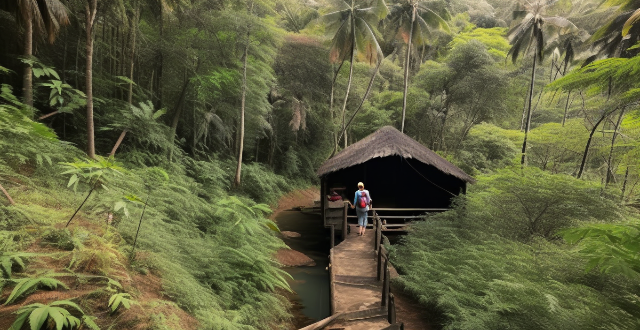
What are the off-the-beaten-path destinations in Europe that every backpacker should explore ?
The Baltics, Slovenia, Montenegro, Albania, Georgia, Bosnia and Herzegovina, Moldova, and the Faroe Islands are some of the best off-the-beaten-path destinations in Europe for backpackers. These hidden gems offer unique experiences and a chance to explore the lesser-known parts of Europe. From stunning natural beauty to diverse cultures and historic attractions, these destinations are sure to provide an unforgettable adventure for any backpacker looking to explore beyond the typical tourist hotspots.

What are the most popular adventure travel activities ?
Adventure travel is a popular choice for tourists seeking thrilling experiences and exploration. Here are some of the most sought-after adventure activities: 1. **Hiking and Trekking** - Explore remote locations or national parks through multi-day treks, day hikes, or guided walks. 2. **Scuba Diving and Snorkeling** - Dive into coral reefs, explore underwater wrecks, or witness nocturnal marine life. 3. **Mountaineering and Rock Climbing** - Ascend iconic peaks, climb renowned rock formations, or try bouldering in unique landscapes. 4. **Rafting and Kayaking** - Experience whitewater rafting on challenging rivers, sea kayak around coastlines, or enjoy flatwater kayaking on serene waters. 5. **Cycling and Mountain Biking** - Enjoy road cycling through scenic routes, mountain biking on rugged trails, or combine camping with bikepacking adventures. 6. **Safari and Wildlife Watching** - Go on game drives in African safari destinations, jungle treks for wildlife spotting, or whale watching expeditions. 7. **Paragliding and Skydiving** - Try tandem skydives over stunning landscapes, paraglide from mountaintops, or engage in BASE jumping at designated sites. 8. **Surfing and Kitesurfing** - Surf iconic waves, kiteboard in windy locations, or stand-up paddleboard (SUP) on calm waters or during downwinders. 9. **Caving and Spelunking** - Explore cave systems, spelunk in well-equipped underground environments, or dive into underwater caves for an extreme challenge. 10. **Snowsports** - Experience heli-skiing in remote mountain ranges, backcountry skiing for untouched slopes, or snowmobiling across vast frozen landscapes. These activities cater to various levels of experience and adventurousness, offering travelers unforgettable experiences that combine excitement, physical challenge, and the beauty of natural environments.

What are some good stretching exercises for after a run ?
After a run, it's important to stretch your muscles to prevent injury and improve flexibility. Here are some good stretching exercises for after a run: - Hamstring Stretch: Sit on the ground with your legs straight out in front of you, reach forward and try to touch your toes without bending your knees, hold for 15-30 seconds and repeat 2-3 times. - Quadriceps Stretch: Stand upright and bend one knee, bringing your heel towards your buttocks, grasp your ankle with one hand and hold onto a stable object with the other hand for balance, pull your foot closer to your buttocks until you feel a stretch in the front of your thigh, hold for 15-30 seconds and repeat 2-3 times on each leg. - Calf Stretch: Stand facing a wall with your hands placed against it at shoulder height, step one foot back behind you, keeping both heels flat on the ground, bend your front knee slightly while keeping your back leg straight, hold for 15-30 seconds and repeat 2-3 times on each leg. - Gluteal Stretch: Sit on the ground with your legs bent and feet flat on the floor, place your right ankle over your left knee, creating a "figure four" shape with your legs, gently push down on your right knee until you feel a stretch in your glutes, hold for 15-30 seconds and repeat 2-3 times on each side.
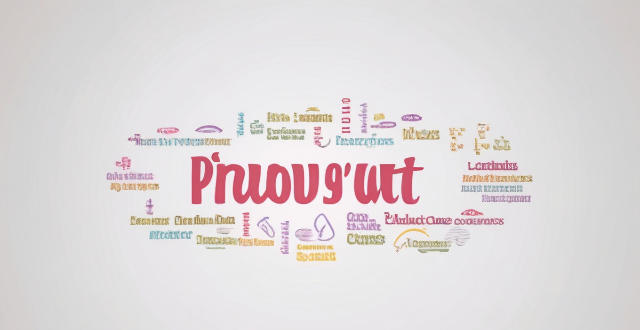
How can I do simple yoga exercises at home ?
The provided text offers a guide on how to do simple yoga exercises at home. It lists six yoga poses, namely the Cat-Cow Pose, Downward-Facing Dog, Child's Pose, Warrior I, Tree Pose, and Corpse Pose. Each pose is accompanied by instructions on how to perform it correctly and its benefits. The poses aim to improve flexibility, strength, balance, and reduce stress and anxiety.
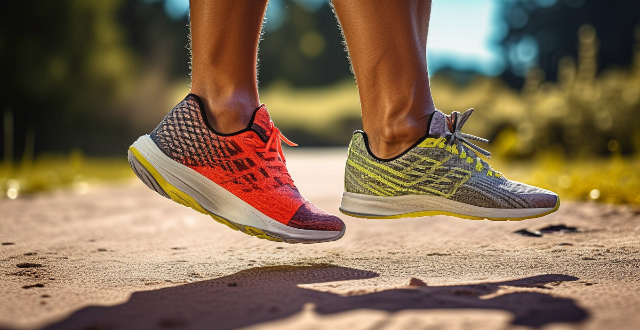
How important is footwear when it comes to running techniques ?
Footwear plays a crucial role in running techniques, improving performance and reducing the risk of injuries. Proper footwear should provide cushioning, support, fit, comfort, traction, grip, breathability, and durability. To choose the right pair of running shoes, consider your foot type (neutral, flat, or high arches), running style (heel striker, midfoot striker, or forefoot striker), terrain (road or trail), and distance. Try before you buy to ensure proper fit and comfort.

What are the best exercises for sports recovery ?
The text discusses the importance of sports recovery and suggests various exercises to aid in this process. The exercises include stretching, foam rolling, light cardiovascular exercise, and yoga. Stretching helps increase blood flow, reduce muscle tension, and improve flexibility. Foam rolling relieves muscle tightness and soreness by applying pressure to specific areas of the body. Light cardiovascular exercise increases blood flow and promotes recovery. Yoga improves flexibility, reduces stress, and promotes relaxation while also improving balance and stability. The author suggests several specific exercises for each category to help athletes recover from their workouts or competitions.

How can I maintain a professional appearance while staying comfortable throughout the day ?
Maintaining a professional appearance while staying comfortable throughout the day is crucial in the workplace. Here are some tips: 1. Dress appropriately by choosing well-fitted clothes that are appropriate for your job and industry, avoiding overly casual or revealing clothing, and sticking to neutral colors like black, gray, navy, or beige. Pay attention to grooming by keeping your hair neat and tidy, making sure your facial hair is well-groomed if you choose to wear it, and applying deodorant and keeping your breath fresh with mints or gum. 2. Invest in quality footwear by wearing comfortable shoes that are supportive, such as loafers or low heels, avoiding high heels or shoes that pinch your toes, and breaking in new shoes gradually by wearing them around the house before wearing them to work. Take care of your feet by wearing socks or stockings that wick away moisture and prevent blisters, using shoe inserts or insoles for extra cushioning and support, and giving your feet a break by taking off your shoes during lunch breaks or when you're at your desk. 3. Stay hydrated and nourished by drinking plenty of water and bringing a water bottle to work to refill it throughout the day, avoiding sugary drinks and caffeine which can dehydrate you. Snack smartly by packing healthy snacks like fruits, nuts, or granola bars to avoid midday cravings for unhealthy foods, and eating small meals throughout the day instead of three large ones to maintain energy levels. 4. Take breaks and stretch by getting up from your desk every hour or so and taking a short walk or stretch, using your lunch break to go for a walk outside or do some light exercise. Practice good posture by sitting up straight with your feet flat on the floor and your shoulders relaxed, using a chair with good back support and adjusting the height if necessary, and taking breaks from staring at a computer screen by looking away for a few seconds every 20 minutes.

Is there a difference between PPE for medical use versus industrial use ?
The text discusses the differences between personal protective equipment (PPE) for medical use and industrial use. It explains that these differences mainly concern the level of protection required, the type of hazards encountered, and the specific features of the equipment designed to address those hazards. Medical professionals often deal with infectious diseases and thus require PPE that can protect them from pathogens like viruses and bacteria. This typically involves higher levels of protection, such as respiratory protection with N95 respirators or equivalent, which filter out airborne particles, and blood-borne pathogen protection with gloves, gowns, and face shields or goggles to prevent contact with blood and bodily fluids. Industrial workers face different types of hazards, including chemical exposure, physical injuries, and environmental factors. Their PPE tends to focus on chemical protection with protective suits, gloves, and boots made from materials resistant to specific chemicals or solvents, and physical protection with hard hats, safety glasses, and high-visibility clothing to prevent injuries from machinery or construction sites. The primary hazard in a medical setting is biological agents, such as viruses, bacteria, and other pathogens that may be present in patients' blood or other bodily fluids. Workers in industrial settings face a variety of hazards, including but not limited to chemical exposure from handling toxic substances, physical dangers from heavy machinery and equipment operation, and environmental risks such as extreme temperatures or noise pollution. PPE for medical use often includes features like fluid resistance with materials that are impermeable to liquids to prevent contamination, antimicrobial treatment with some PPE items having an antimicrobial coating to reduce the growth of microorganisms, and compatibility with other medical equipment designed to be used in conjunction with other medical tools and devices without interference. PPE for industrial use emphasizes features like durability with materials that can withstand harsh conditions and repeated use, comfort and mobility often lighter and more flexible materials to allow for ease of movement over long periods, and specialized functionality such as gloves having enhanced grip or shoes having steel toes for added protection against physical impacts.
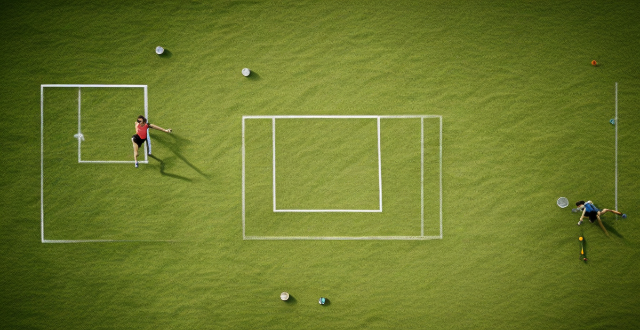
Are there any specific exercises that can help prevent sports injuries ?
To prevent sports injuries, it's important to engage in specific exercises that focus on warm-up and stretching, strength training, plyometrics, and core strengthening. Warm-up exercises like jogging or brisk walking, along with dynamic stretches, help prepare the body for physical activity by increasing blood flow and reducing injury risk. Stretching exercises such as hamstring and quadriceps stretches improve flexibility and range of motion. Strength training exercises like squats and planks build strength in key muscle groups, improving stability and reducing joint stress. Plyometric exercises like box jumps and lateral bounds enhance power, speed, and agility. Core strengthening exercises like bicycle crunches and plank with hip dips provide stability and support during physical activities. By incorporating these exercises into your routine, you can reduce the risk of sports injuries and improve your overall athletic performance.
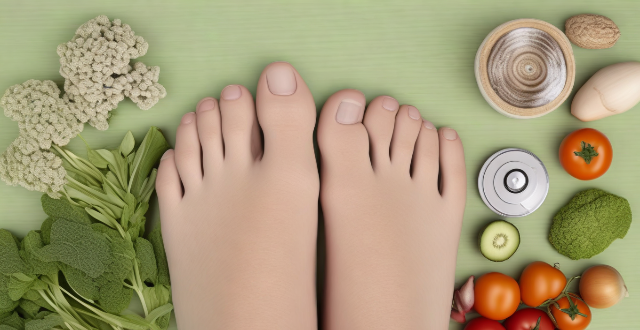
What are the consequences of neglecting foot hygiene ?
The text discusses the various consequences of neglecting foot hygiene, including physical health risks such as athlete's foot, toenail fungus, ingrown toenails, blisters and calluses, plantar warts, smelly feet (bromodosis), corns, bunions, gout, cellulitis, diabetic foot ulcers, deep vein thrombosis (DVT), and peripheral neuropathy. It also addresses mental health impacts like embarrassment and self-consciousness, anxiety, and stress. The text provides detailed descriptions and prevention tips for each issue, emphasizing the importance of good foot care habits to maintain overall foot health.